Dressing Your Baby for Spring Without Losing Your Mind: A Guide to Layers, Safety, and Sanity
I’ve been in the trenches with new parents for a long time, and if there’s one thing that consistently causes a low-key panic, it’s spring. The weather is just so unpredictable. One minute, you’re basking in a warm patch of sun, and the next, a chilly wind has you zipping up your own jacket. Now, imagine trying to figure that out for a tiny human who can’t tell you if they’re hot, cold, or just right. It’s a real puzzle.
In this article
And let’s be real, this is about more than just a cute outfit. A baby’s internal thermostat is still in beta mode. They lose heat way faster than we do, but they can also overheat in a flash, and that’s a serious safety issue. My goal here is to give you a simple, practical system—the same one I share in parenting classes—that takes the guesswork out of it. We’ll cover what fabrics actually work, how to layer like a pro, and the critical safety rules you absolutely can’t ignore.
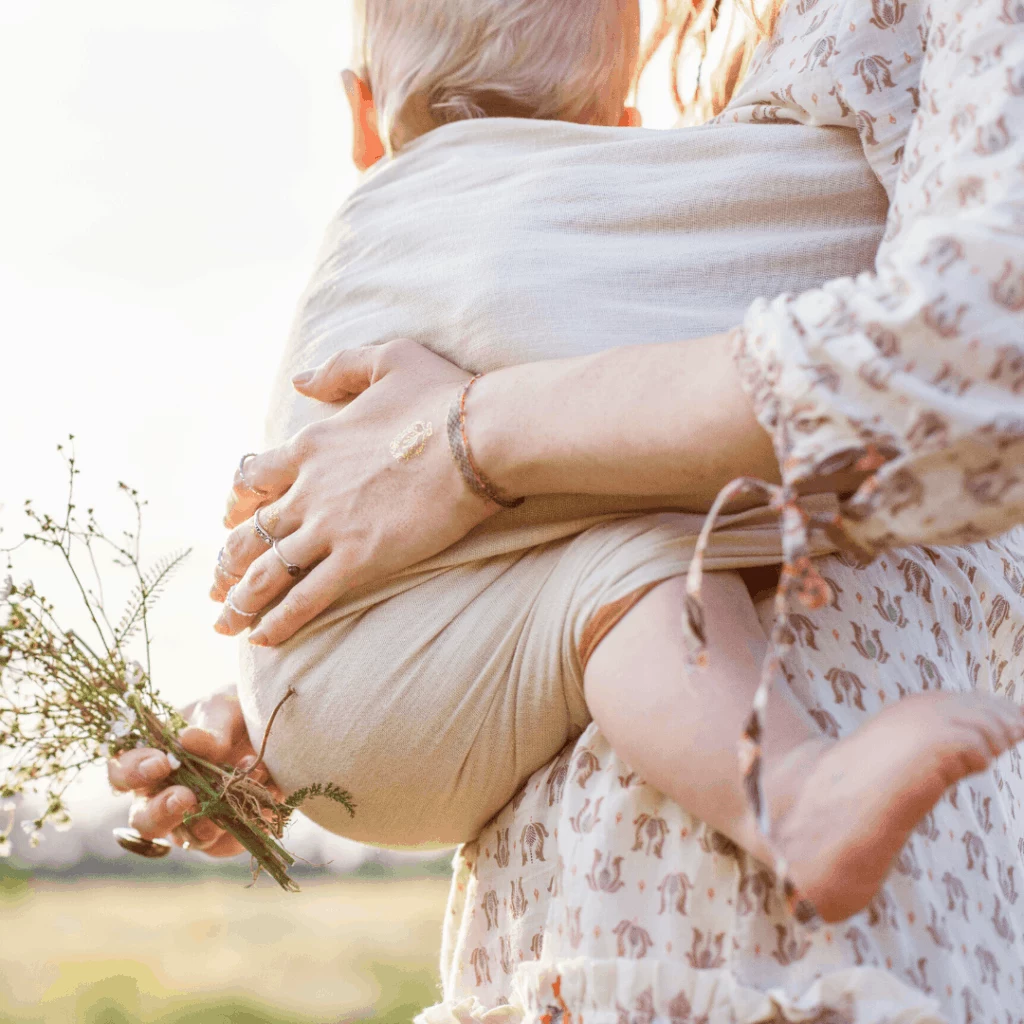
Why Your Baby’s Temperature Is So Tricky
Before we even think about clothes, let’s quickly get into the ‘why.’ Understanding how your baby’s body works makes all the other choices a million times easier. Their little systems are still developing, and temperature control is one of the last features to come online.
Basically, babies have a ton of skin compared to their body weight. Think of it like a small house with giant windows—it loses heat really quickly. They also can’t shiver effectively to warm up. On the flip side, their sweat glands aren’t fully operational yet, so they can’t cool down efficiently either. This means you are their personal thermostat, and getting the clothing right is how you control it.
The Dangers of Getting Too Toasty
I have to be super clear about this: for a baby, being too warm is much more dangerous than being a little cool. A chilly baby will likely get fussy and let you know they’re unhappy. But an overheated baby is at a higher risk for serious health issues, including Sudden Infant Death Syndrome (SIDS). This is why safety experts are so adamant about never overdressing a baby, especially for sleep. Keep their room at a comfortable temperature—usually between 68-72°F (20-22°C)—and skip the hats and heavy blankets in the crib.
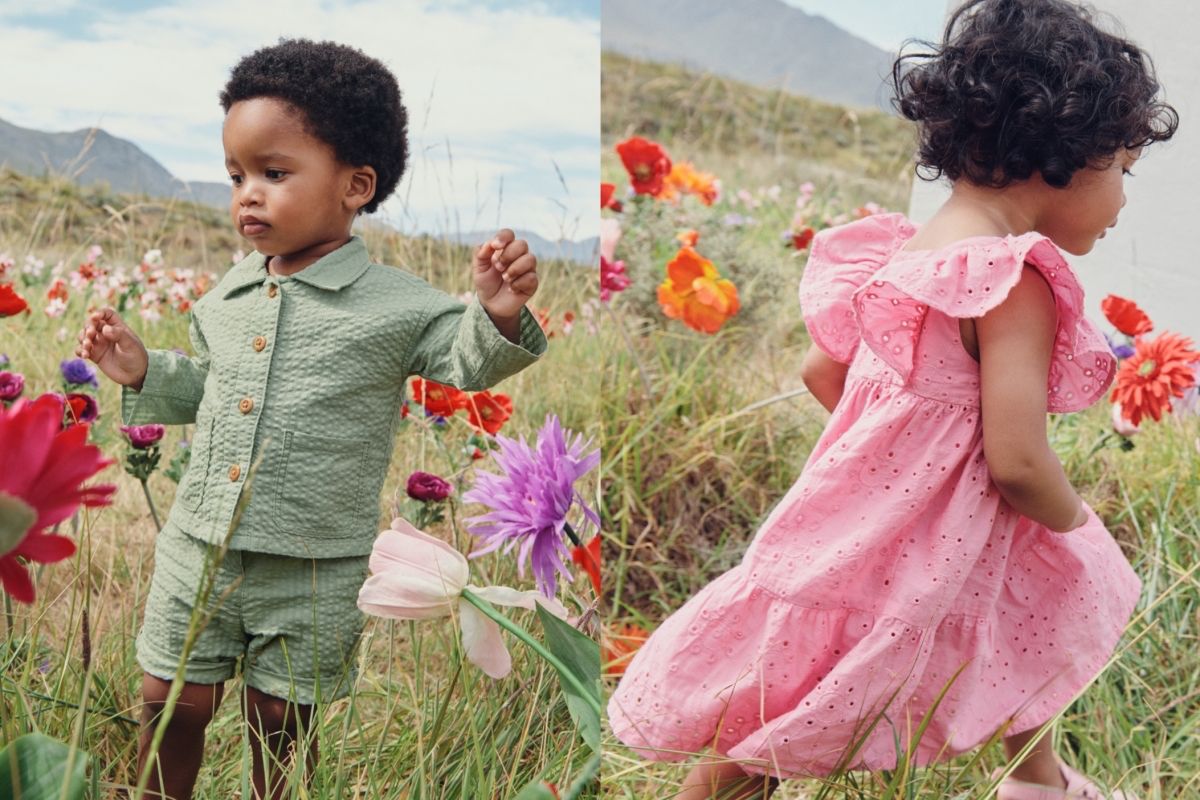
The Only Temperature Check That Matters
So many parents touch their baby’s hands or feet to see if they’re cold. It’s a natural instinct, but honestly, it’s the wrong move. A baby’s circulation is still maturing, so their hands and feet are almost always cooler than their core. I’ve seen countless parents pile on blankets because of chilly fingers, only to end up with a sweaty, miserable baby.
Here’s the pro method: Place two fingers on the back of your baby’s neck or on their chest. The skin should feel warm and dry, just like your own. If it feels cool, add a light layer. If it feels hot, clammy, or sweaty, it’s a red flag to remove a layer right away. This one simple check is the most reliable tool you have.
The Pro Layering System for Unpredictable Weather
The secret to surviving spring is layers. But not just any layers—it’s a system where each piece has a job. This gives you the power to adapt to a sudden breeze or a walk into a warm store by just adding or removing one thing.

A good rule of thumb is to dress your baby in one more light layer than you’re wearing. If you’re comfy in a t-shirt, your baby might need a bodysuit and a thin sweater. But remember, this is just a starting point! Always use the neck check to be sure. And heads up, this rule changes if you’re babywearing (your body heat counts as a layer!) or in the car seat (no bulky layers allowed!).
Layer 1: The Base Layer (Against the Skin)
This is the foundation. It needs to be soft, breathable, and good at handling a little moisture (hello, spit-up). Here’s a breakdown of the common options:
- Organic Cotton: This is your reliable, everyday workhorse. It’s soft, breathable, and you can find it everywhere from Target to boutique shops. The only real downside is that it holds onto moisture when it gets wet. For most days, it’s perfectly fine. A pack of five bodysuits will run you about $20-$30.
- Merino Wool: Okay, let’s talk about the superstar fabric. It’s not the itchy wool you’re thinking of; modern merino is incredibly soft. Its superpower is thermoregulation—it keeps your baby warm when it’s cool and helps them stay cool when it’s warm. Plus, it wicks moisture away from the skin. It is an investment, for sure. Expect to pay $30-$50 for a single bodysuit from brands like Iksplor or Woolino, but having one or two can be a game-changer for tricky weather days.
- Bamboo Rayon: Known for its silky, buttery softness, bamboo is amazing for sensitive skin. It drapes beautifully and is very breathable. Like cotton, it can be a bit slow to dry, but its sheer comfort makes it a parent-favorite from brands like Kyte Baby or Little Sleepies.
A simple short-sleeve or long-sleeve bodysuit is the perfect base layer. It stays neatly tucked in, keeping their little tummy and back covered.
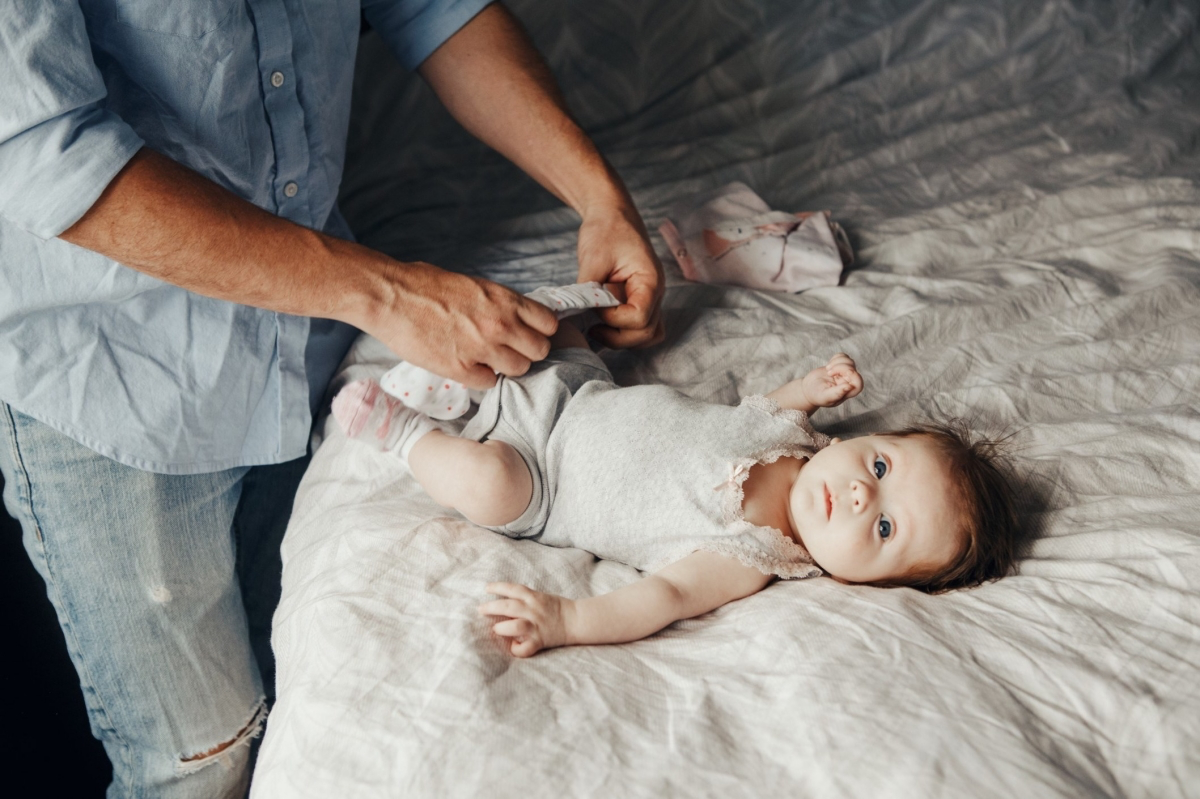
Layer 2: The Mid-Layer (for Insulation)
This is your warmth layer. Its job is to trap air and provide insulation. Think easy on, easy off. A light fleece zip-up hoodie or a simple cotton knit cardigan is perfect. Zippers are your friend here—so much easier than wrestling a pullover onto a wiggly baby.
Layer 3: The Outer Layer (for Protection)
This layer shields your baby from the elements, mainly wind and rain. You don’t need a puffy snowsuit for spring. A thin, lightweight nylon windbreaker is ideal for blocking that heat-stealing wind. If you live in a rainy area, a light, breathable rain jacket is a must-have.
Your Minimalist Spring Wardrobe Checklist
You don’t need a mountain of clothes. A few strategic, high-quality pieces will serve you way better. If I were building a starter kit from scratch, here’s what I’d get:
- 5-7 Bodysuits: A mix of long-sleeve and short-sleeve. These are your daily drivers.
- 3-4 Pairs of Pants: Simple cotton or French terry leggings/joggers are perfect.
- 2-3 Zip-Up Mid-Layers: A cotton cardigan or a light fleece hoodie.
- 1 Sun Hat: A wide-brimmed hat is non-negotiable for sunny days.
- 1 Beanie: A soft, snug-fitting hat for chilly mornings.
- 5-7 Pairs of Socks: You will lose them. Just accept it and buy extra.
- 1 Light Outer Layer: A windbreaker or a rain shell, depending on your climate.
Oh yeah, and a pro tip: Keep a small ‘go-bag’ in your car with a spare pair of socks, a beanie, a sun hat, and a light blanket. You’ll be ready for anything without having to repack your entire diaper bag every time.
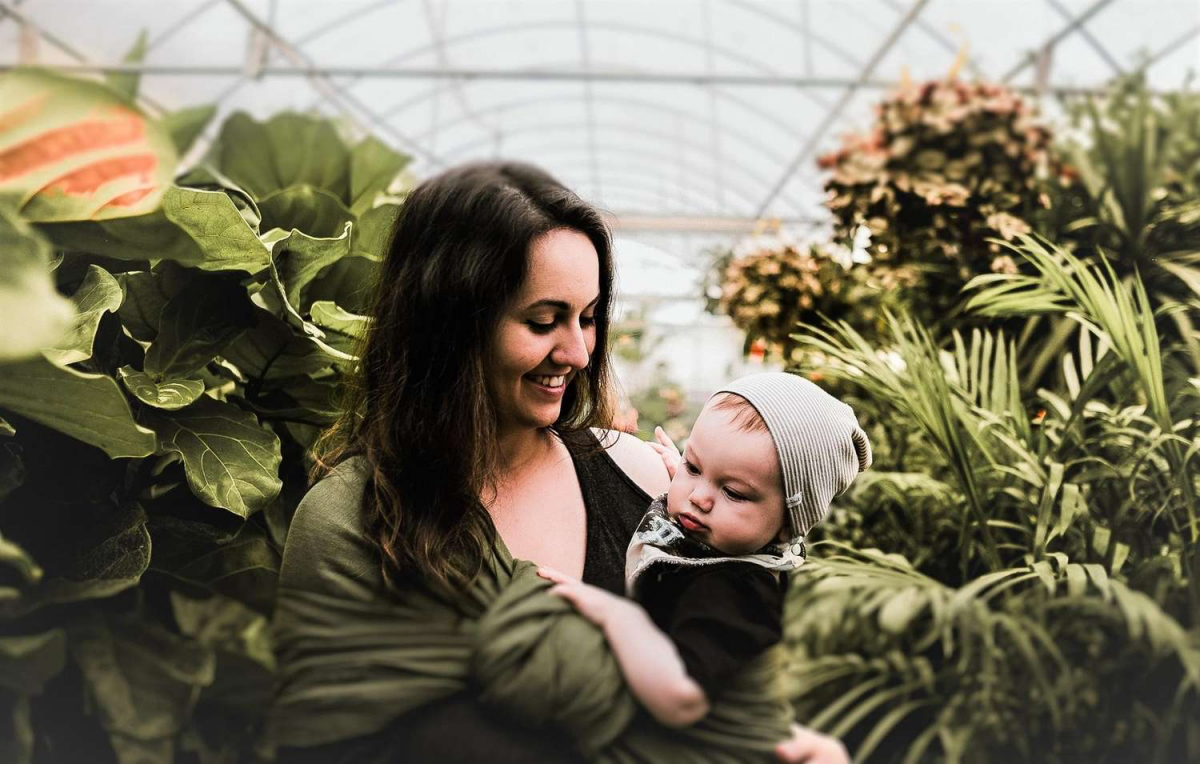
Critical Safety Rules You Cannot Bend
Okay, let’s get serious for a moment. Beyond comfort, some rules are about keeping your baby safe, period. These are the non-negotiables.
Car Seat Safety: Absolutely No Puffy Coats
This is the most important piece of advice in this entire guide. Never, ever put your baby in a car seat while they’re wearing a puffy jacket, snowsuit, or even a thick, fluffy fleece.
Here’s why: In a crash, the force instantly squishes all the air out of that puffy material. This creates a huge gap between the harness straps and your baby. The harness becomes dangerously loose, and your baby could be thrown from the seat. It’s terrifying, and it’s completely preventable.
The No-Guess Car Seat Coat Test:
- Indoors, dress your baby in their regular, thin clothes (like a bodysuit and pants).
- Put them in the car seat and tighten the harness until it’s snug. You shouldn’t be able to pinch any horizontal webbing at their collarbone (this is the ‘pinch test’).
- Now, take your baby out of the seat—don’t loosen the straps!—and put on their puffy coat.
- Try to buckle them back in. Can you? If you can’t, or if you’d have to loosen the straps to do it, the coat is too thick. End of story.
So what do you do? Dress them in their thin layers, buckle them in snugly, and then lay a blanket over them or put their coat on them backward, over the harness. Their arms go in the sleeves, and it acts like a wearable blanket.

A Quick Word on Hoods and Drawstrings
Hoods are handy, but make sure they don’t flop over your baby’s face or block their view. And a critical safety note: Never let a baby sleep with a hat or hood on indoors. It’s a suffocation and overheating risk.
Also, modern children’s clothing shouldn’t have drawstrings around the neck. If you get a hand-me-down or something from an unregulated market that has one, just pull it out and discard it. It’s a strangulation hazard.
Troubleshooting the Common Head-Scratchers
Even with a solid plan, things come up. Here are a few common issues and how to solve them.
- Problem: My baby’s feet always feel like little ice cubes!
Solution: Totally normal! Remember, their circulation is still developing. As long as their neck and chest feel warm, they are fine. Just keep a good pair of socks or soft booties on them. - Problem: My baby gets all red and blotchy on their neck.
Solution: That’s almost certainly heat rash. It’s a sign they’re overdressed. The fix is to cool them down—remove a layer and maybe give them a lukewarm bath. It usually clears up on its own once their skin can breathe. - Problem: My baby gets sweaty in the car seat, even on cool days.
Solution: Ah, the greenhouse effect! Car seats are heavily padded and the sun beaming through the window can heat things up fast. The moment the car warms up, unzip their jacket or mid-layer. It’s an easy step to forget, but it makes a huge difference.
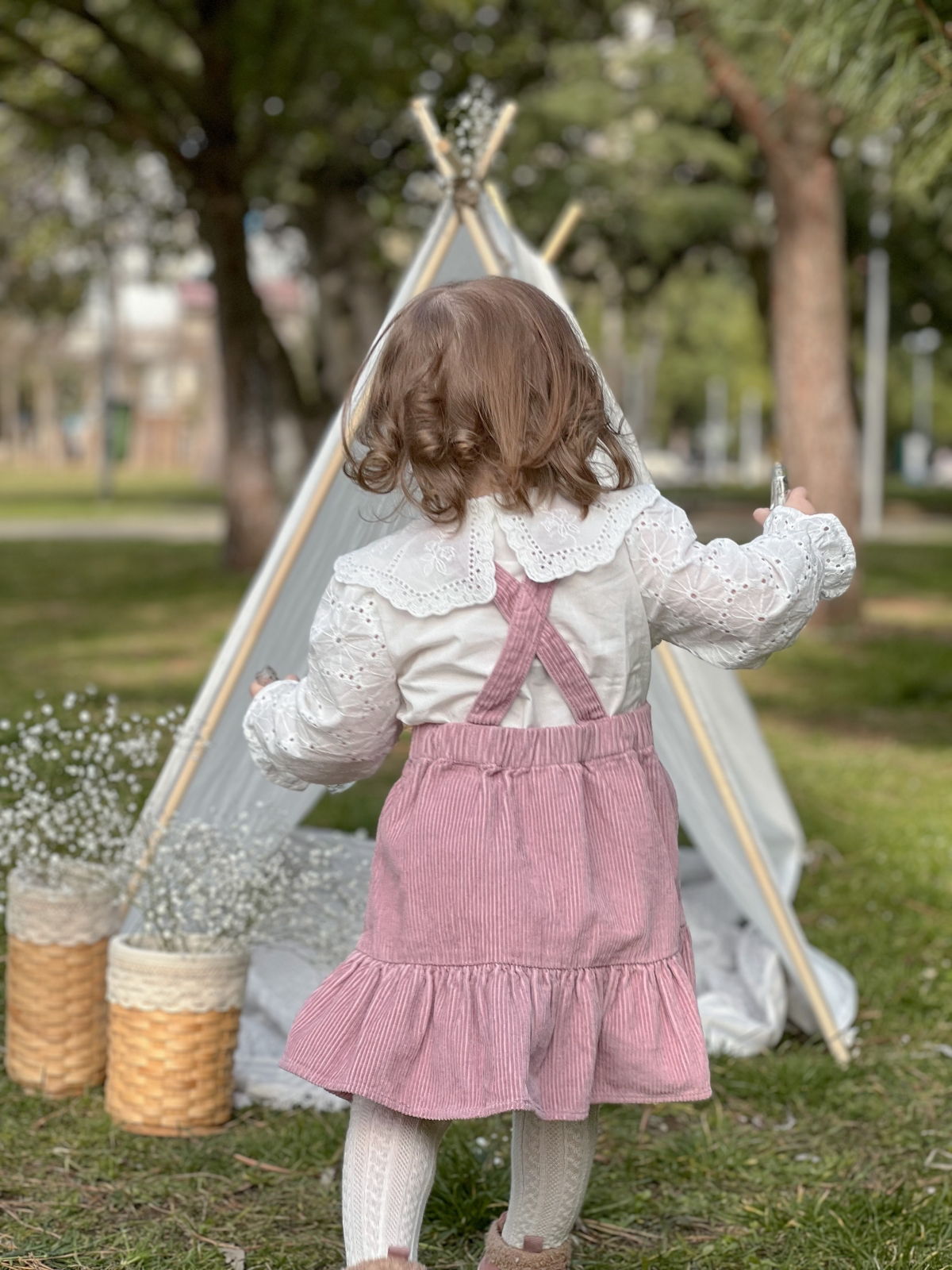
A Quick Note on Nighttime and Sleep Sacks
For sleeping, forget loose blankets. A wearable blanket, or sleep sack, is the safest choice. They are rated by a ‘TOG’ number, which just tells you how warm they are.
- 0.5 TOG: For hot weather (75°F+ / 24°C+). Basically a sheet of cotton.
- 1.0 TOG: The most versatile option for spring and fall (68-75°F / 20-24°C).
- 2.5 TOG: For cold winter nights (61-68°F / 16-20°C).
Good to know: For a typical spring night in a room that’s around 70°F, a 1.0 TOG sleep sack (from brands like Halo or Kyte Baby) over a simple long-sleeve cotton bodysuit is usually the perfect combo. That’s it! No need for pants or socks inside the sack.
You’ve Got This
Dressing your baby for spring can feel like a high-stakes guessing game, but it doesn’t have to. Once you have a system based on layers and safety, you can handle whatever the weather throws at you. Remember the key takeaways: check their neck, not their hands; use flexible zip-up layers; and always, always prioritize safety in the car seat and crib.
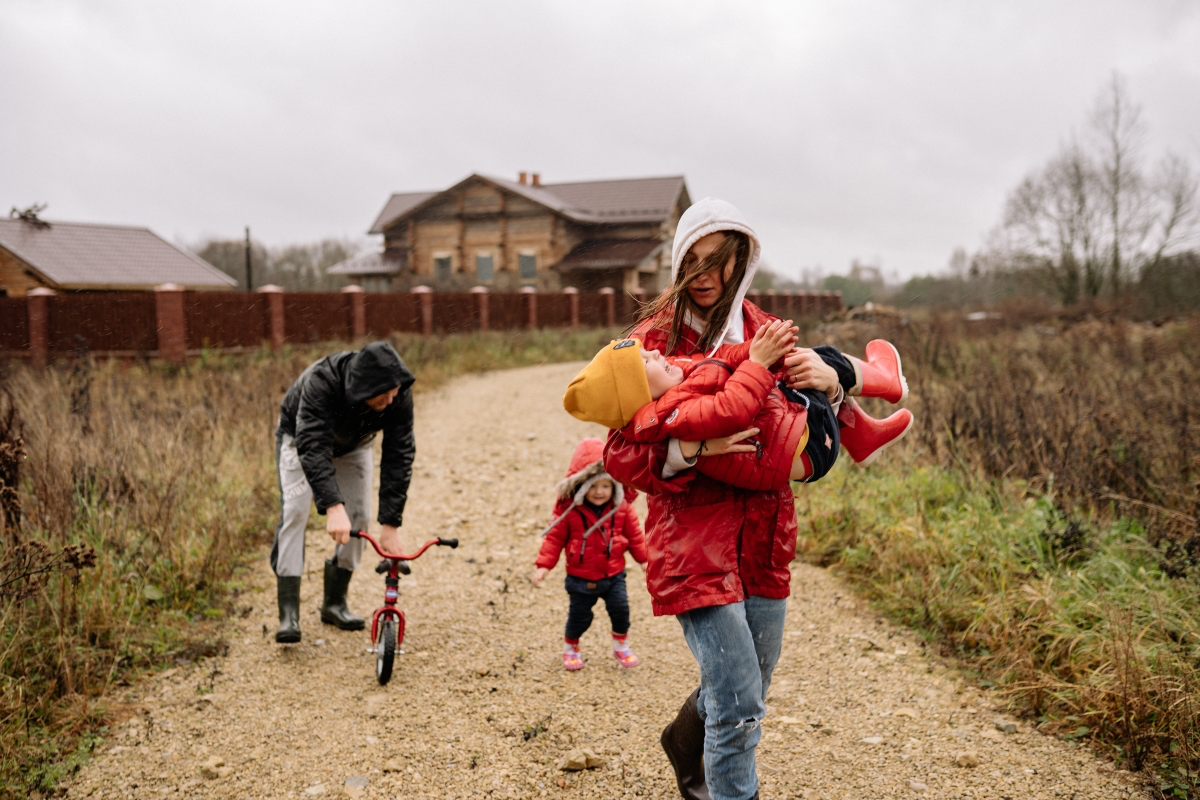
Honestly, this will all become second nature faster than you think. You’ll get to know your baby’s own little quirks and develop an instinct for what they need. Be patient with yourself—you’re doing a great job.
Inspiration:
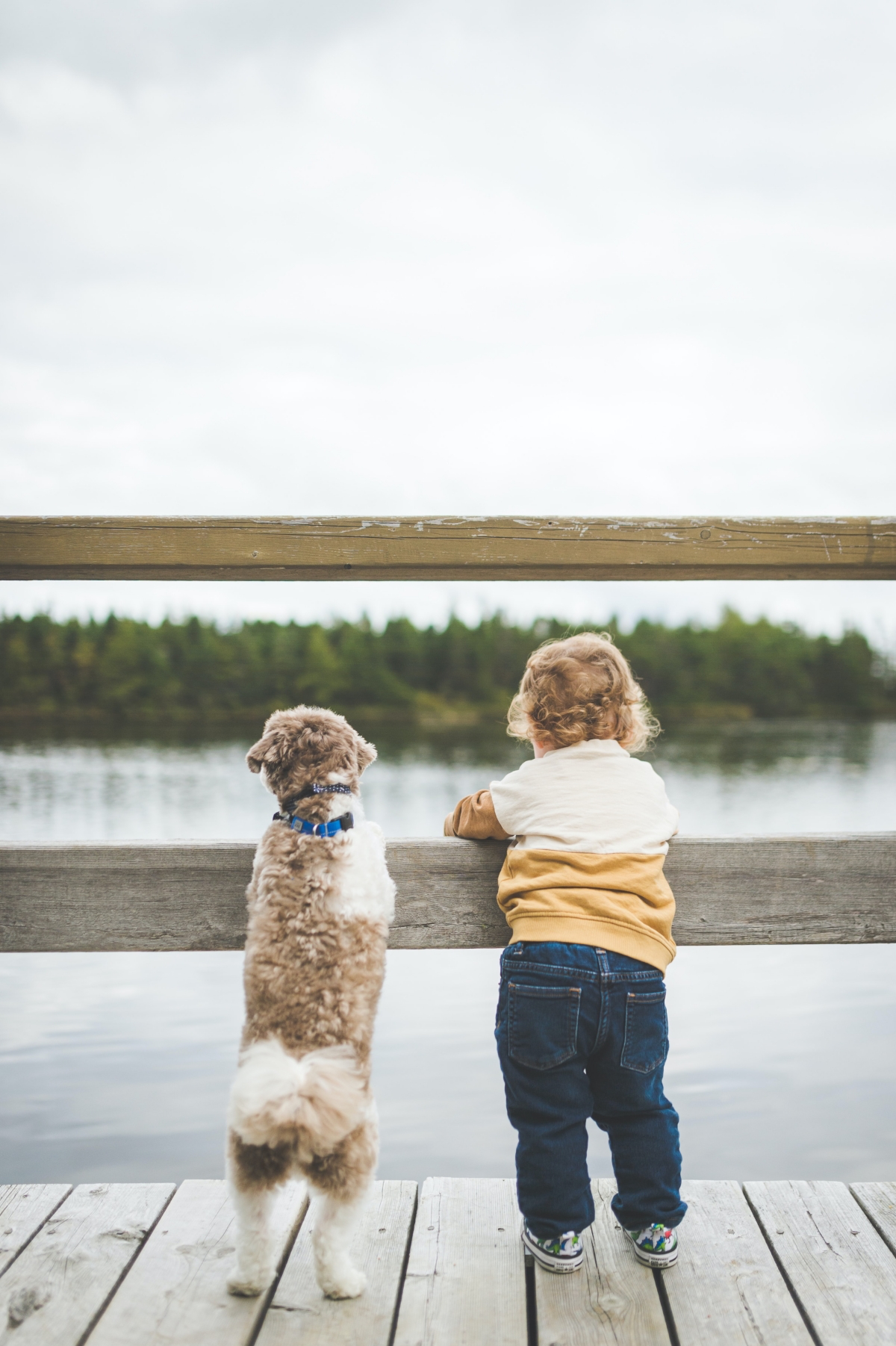
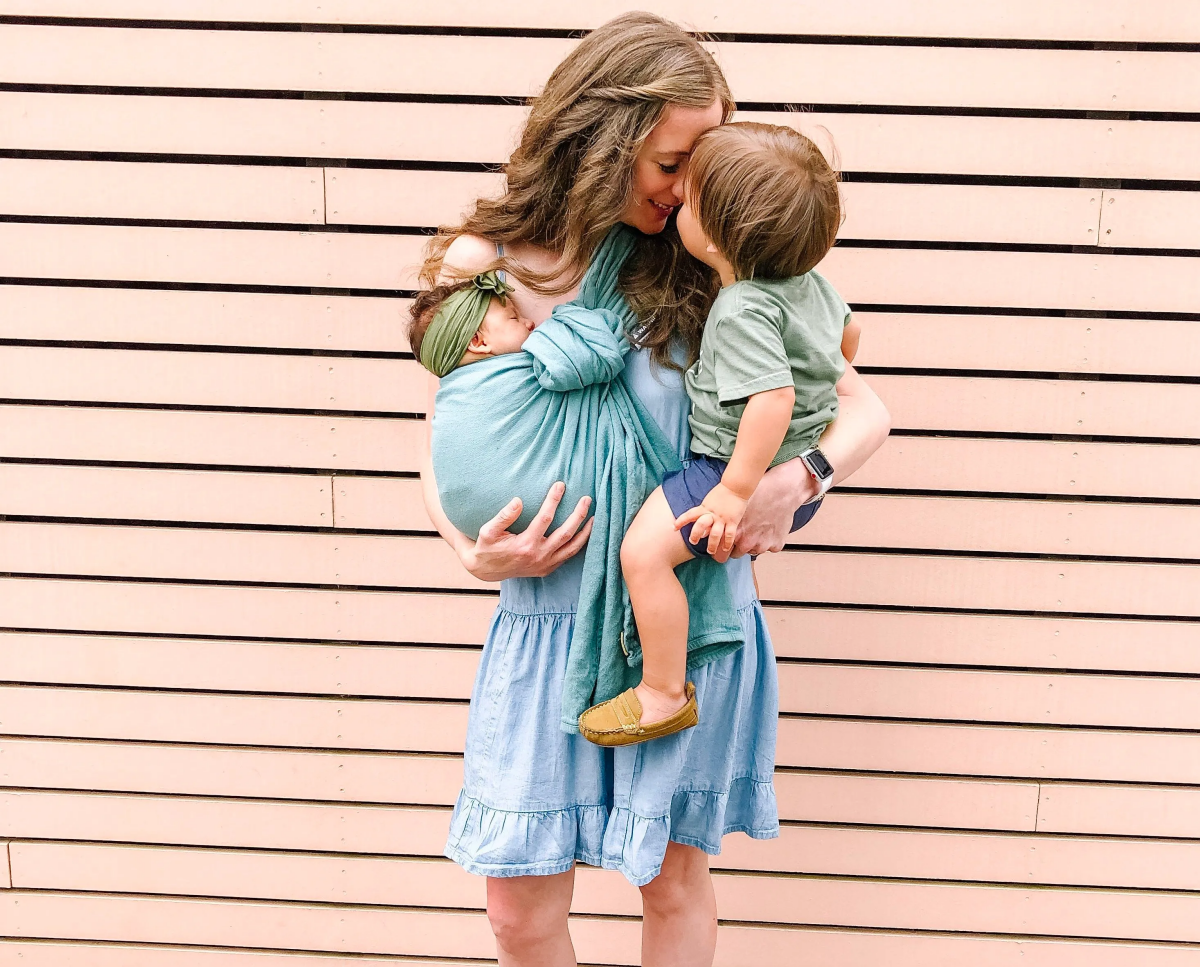
The sun comes out mid-stroll and your perfectly layered baby is now asleep… and getting warm. How do you adjust without a full-blown meltdown?
This is where smart gear shines. Instead of wrestling with multiple tight layers, opt for an adaptable outer piece. A stroller footmuff, like the versatile ones from 7AM Enfant, is a game-changer. They function like a sleeping bag for the stroller and can be unzipped partially or fully to let air circulate without disturbing your napping baby. Another great option is a simple fleece or wool zip-up bunting. The full-length zipper is your secret weapon for a quick, silent temperature adjustment.
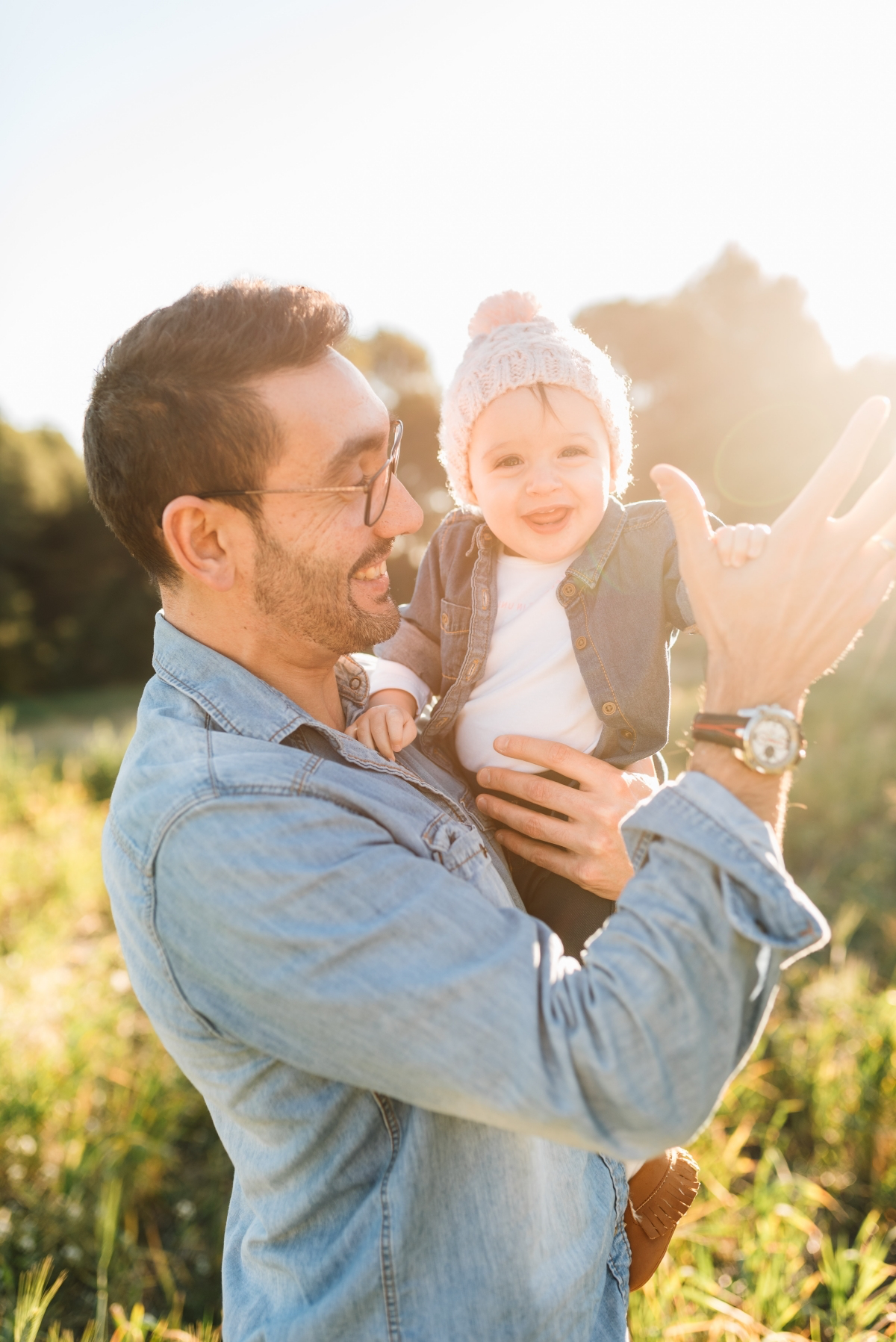
The American Academy of Pediatrics (AAP) advises keeping infants under 6 months out of direct sunlight whenever possible.
That gentle spring sun can be deceiving. A baby’s skin is too sensitive for direct sun exposure and often too delicate for sunscreen. Your best defense is physical: use lightweight, light-colored, long-sleeved clothing, a wide-brimmed sun hat, and the stroller’s canopy to create a shady, protective bubble for your little one on your walks.
Merino Wool: This natural fiber is a superstar for fluctuating temperatures. It’s incredibly breathable, wicking moisture away from skin to prevent that clammy feeling. Brands like Woolino create bodysuits that help regulate temperature, keeping baby comfortable whether a cloud passes over or the sun comes out.
Organic Cotton: The go-to for sensitive skin. It’s soft, hypoallergenic, and a reliable, gentle choice for the layer closest to your baby’s skin, like a classic bodysuit from Hanna Andersson. It’s perfect as a base for layering up.










